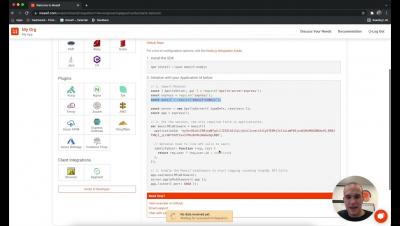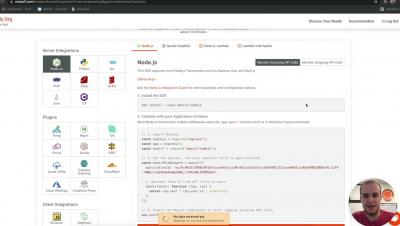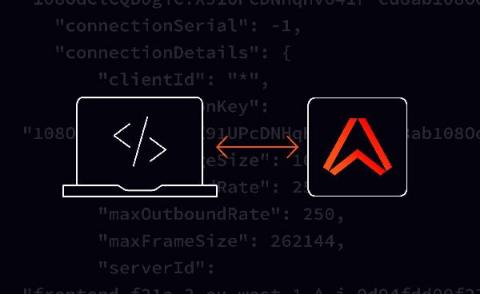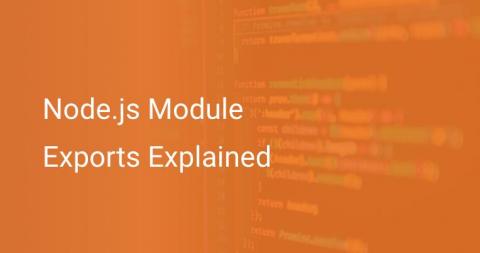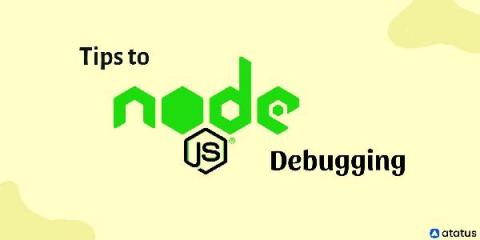Systems | Development | Analytics | API | Testing
NodeJS
Integrating Moesif with Your Node.js RESTful API
Node.js Binary Distributions SSL Certificate Status
NodeSource from the beginning was created with a great commitment for the developers’ community, that is why it has provided documentation for using the NodeSource Node.js Binary Distributions via.rpm, .deb as well as their setup and support scripts. We are also aware that as a start-up you want ‘Enterprise-grade’ at a startup price, this is why we extend our product to small and medium-sized companies, startups, and non-profit organizations with N|Solid SaaS.
Debugging a Node.js Application with a Production Debugger
Production debugging in its current form is a relatively new area of technology that aims to make it easier for developers to solve problems in their code. More often than not, we don’t have all the information we need to solve those hard to reproduce bugs. This leads to long hours of debugging, adding more log lines, and creating separate reproduction environments to try to isolate and reproduce problems.
Amazing new features in N|Solid V4.6.0.
We are very excited at NodeSource with the arrival of N|Solid Version 4.6.0. 🚀 In this release you will find a bunch of cool functionalities that will make your life as a developer and software team, easier. With even greater precision you will be able to monitor your Node.js projects better than ever!
How to connect to Ably directly (and why you probably shouldn't) - Part 2
In Part 1 of this two-part series, we walked through how to bypass Ably’s SDKs and connect to Ably’s backend using websocat, where every JSON message has to be typed out by hand. In this second part, we’ll fix that tedious bit by switching to NodeJS, and we’ll continue our process of building our own minimal Ably (NodeJS) SDK.
Node.js Module Exports Explained
As Donald Knuth very wisely put it, computer programming is an art. And an integral aspect of writing clean code and staying true to this art is modularity. This post will cover the use of modules in Node.js — what they are, why they are essential, and how to export and import them in your project. Here’s an outline of what we’ll be covering so you can easily navigate or skip ahead in the post.
Best Practices for Logging in Node.js
Good logging practices are crucial for monitoring and troubleshooting your Node.js servers. They help you track errors in the application, discover performance optimization opportunities, and carry out different kinds of analysis on the system (such as in the case of outages or security issues) to make critical product decisions. Even though logging is an essential aspect of building robust web applications, it’s often ignored or glossed over in discussions about development best practices.
11 Best Tips to Node.js Debugging that You Didn't Know
When people hear the term "Node.js Debugging," they immediately think of the function "console.log()." They also assumed that's how pros debug Node.js applications. Nah!!! That's not good enough, mate. You'll need more than the console.log() function to debug your Node.js application like a pro. If the proper technique is not taken before testing, debugging a Node.js application might be difficult. Testing is an essential part of the development process for any application, software, or website.
The Top 5 Node.js Performance Measurement Metrics
Using Node.js as a JavasScript runtime has its advantages. However, it requires significant maintenance to keep it working as expected. Here are the top metrics you should monitor for Node.js performance measurement analysis. Application programming interfaces or APIs that use the Node.js runtime environment are scalable. Node.js is asynchronous and event-driven, which means the application can handle multiple connections at the same time.


